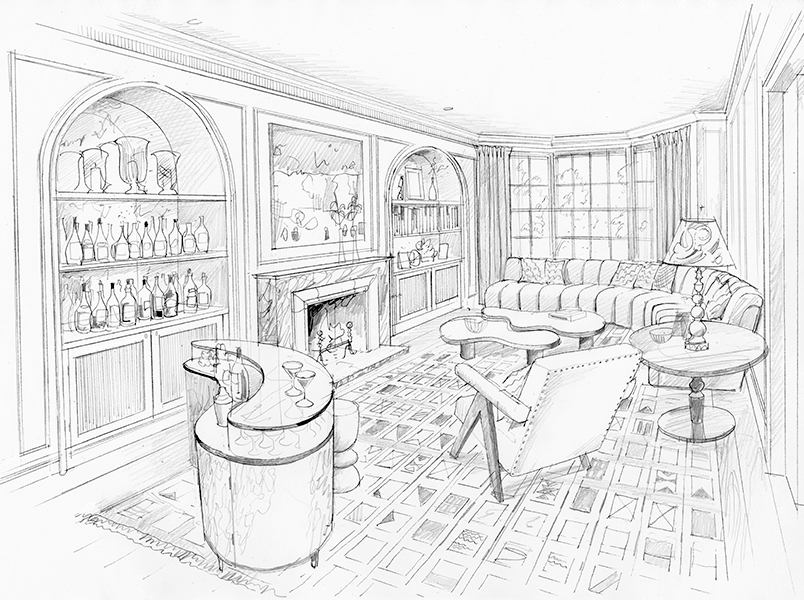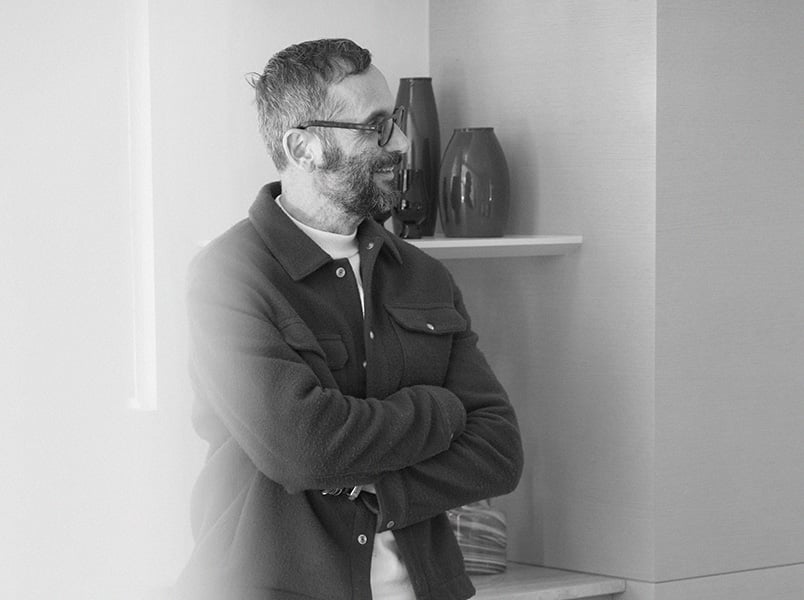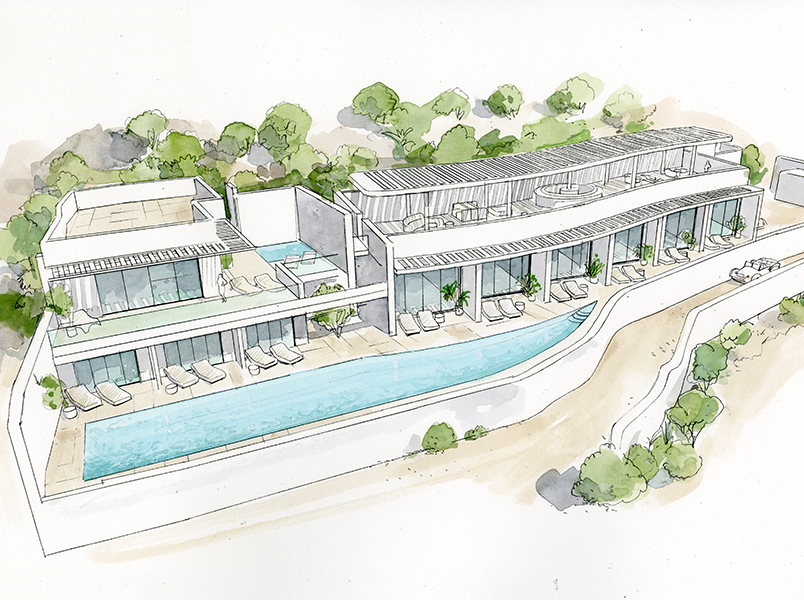News
Residential transformation
Announcing one of our most significant private residential projects. Complete transformation of a 6,330 sq ft residence in Chelsea Park Gardens.
Interview with Sabah Ashiq, Associate Director of Architecture at OWN LONDON
I was very lucky to work on some major projects early on in my career. At Foster+Partners, I started working on Queen Alia Airport – that type of curved roof had never been done before in a very hot climate. It produced energy for the whole airport and had so many other functions. I had access to work with incredibly talented architects and engineers, without really realising how much innovation I was involved in.
I left Foster+Partners in 2009 in the middle of the financial crisis. I was then onsite for two years at the Olympic Stadium where one of my roles was to work on the detailing for the Queen’s room. It was almost surreal to call it my workplace. We were working with incredibly challenging deadlines and had to be extremely efficient and collaborative, which has stood me in good stead for my role at OWN LONDON.
Certainly. Having started at Foster+Partners, I worked on master planning airports, a stadium, a residential tower. When I moved to Asia, I worked mainly on largescale projects but each was different in their functions.
I could have specialised in sports or airports but actively chose not to. I love the breadth of how much there is to learn in architecture; why should I stick to one genre when there are so many out there and it’s constantly evolving? I really enjoy versatility and the challenge of constantly learning. I attended a lecture with Oscar Niemeyer and even in old age he said he was still learning every single day – that really stuck with me.
I worked for a New York practice in Hong Kong and it was a very different perspective from working in the UK and Europe. What’s interesting is that in Asia they are very open to ideas and innovation; you could go really wild and people would welcome and encourage the innovation. It’s extremely fast paced there; you’d be thinking about an idea and they would already be in construction.
In the UK, the focus is on conservation and not impacting the city line in a certain way. I totally respect that, and it is a shame that some buildings haven’t been preserved in Asia but at the same time, it is extremely exciting that they are open to innovation.
The other area that really surprised me was how women are more empowered in Asia. They hold highly respected positions and their voices are equally heard in the boardroom. There is still a way to go to see this level of diversity in the British architecture world. I am very passionate about mentoring and encouraging more women to take this route.
Technology is enabling more possibilities but at the same time it is overriding some of the design process. People don’t sketch and they rely on computer programmes but these can come with limitations. Sketching gives you the space in your mind to think differently; when you are designing with technology, you only think about the technical aspect of using the programmes. I think it’s important to blend the modern and traditional processes and practices.
Design in isolation in an office is also a challenge. Brainstorming in groups is very important for bringing out the very best work; thought processes need to be free and collaborative.
They are completely entwined, one and the same. A beautiful painting evokes emotion and impacts how you feel. In a similar way, architecture and space can have a similar effect without you even realising it.
Walking through a dark corridor might make you feel anxious, whereas walking into a magnificent Baroque space would probably make you feel its awe-inspiring power. Architecture – from cityscapes to residential areas – has the power to make you feel a certain way, just like art.
I have never worked in an office where there are so many different disciplines in one place – it’s great. For me, it’s important to be part of one team; Alex really cares about design and you can feel that in the approach of the business.
We can discuss the practicalities very early on. In other studios, a concept and design are completed and then the conversation of delivery comes later on. If something doesn’t work you have to go back to the drawing board. Here, we have the discussions early on and efficiencies are made. We all share a passion for true high level design.

Announcing one of our most significant private residential projects. Complete transformation of a 6,330 sq ft residence in Chelsea Park Gardens.

Head of Design, Jorge Khawam, shares the studio’s design approach and the team’s cross-cultural exchange that inspires creativity.

Announcing one of our latest commissions, interior architecture and interior design of a new all-suite boutique hotel development.